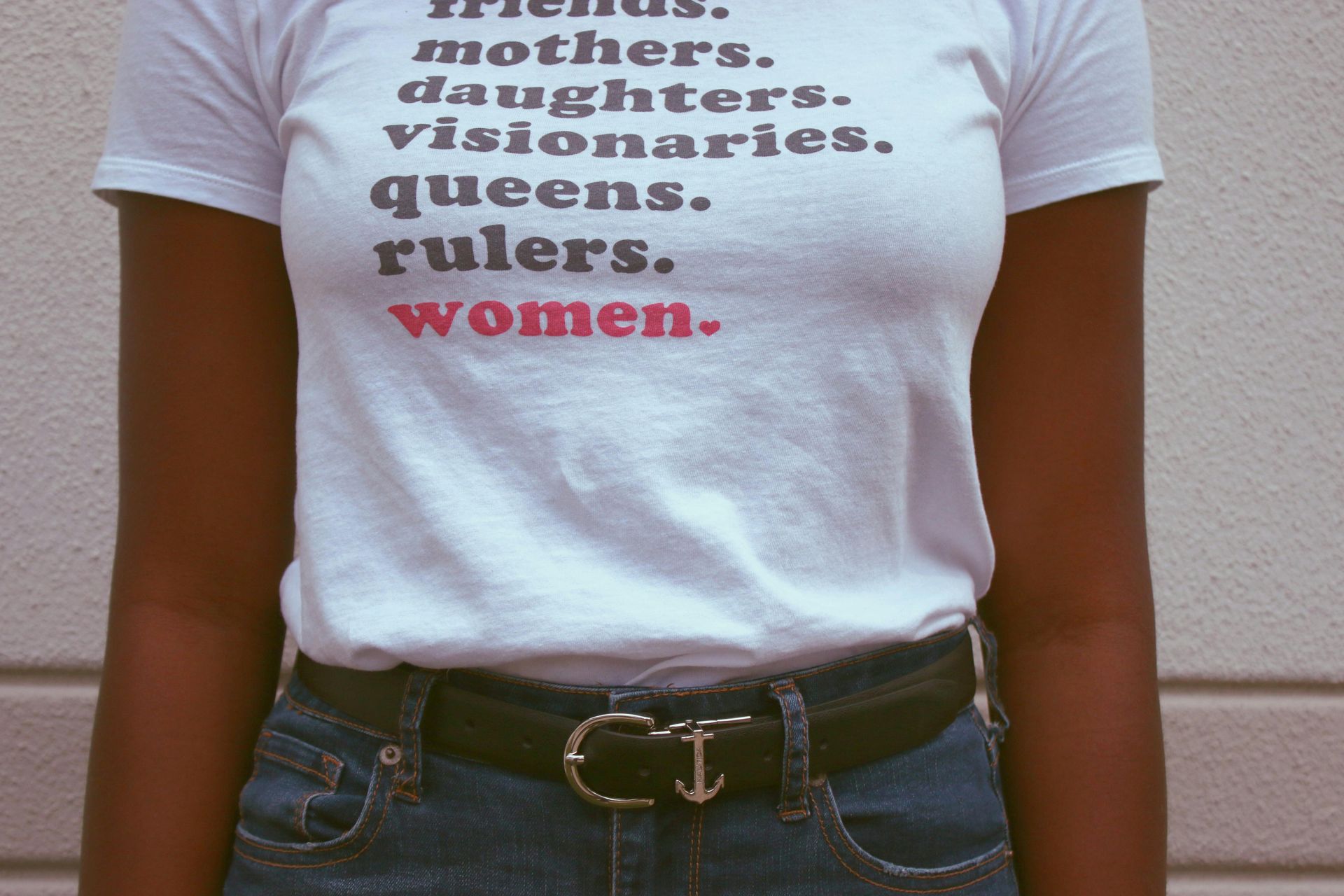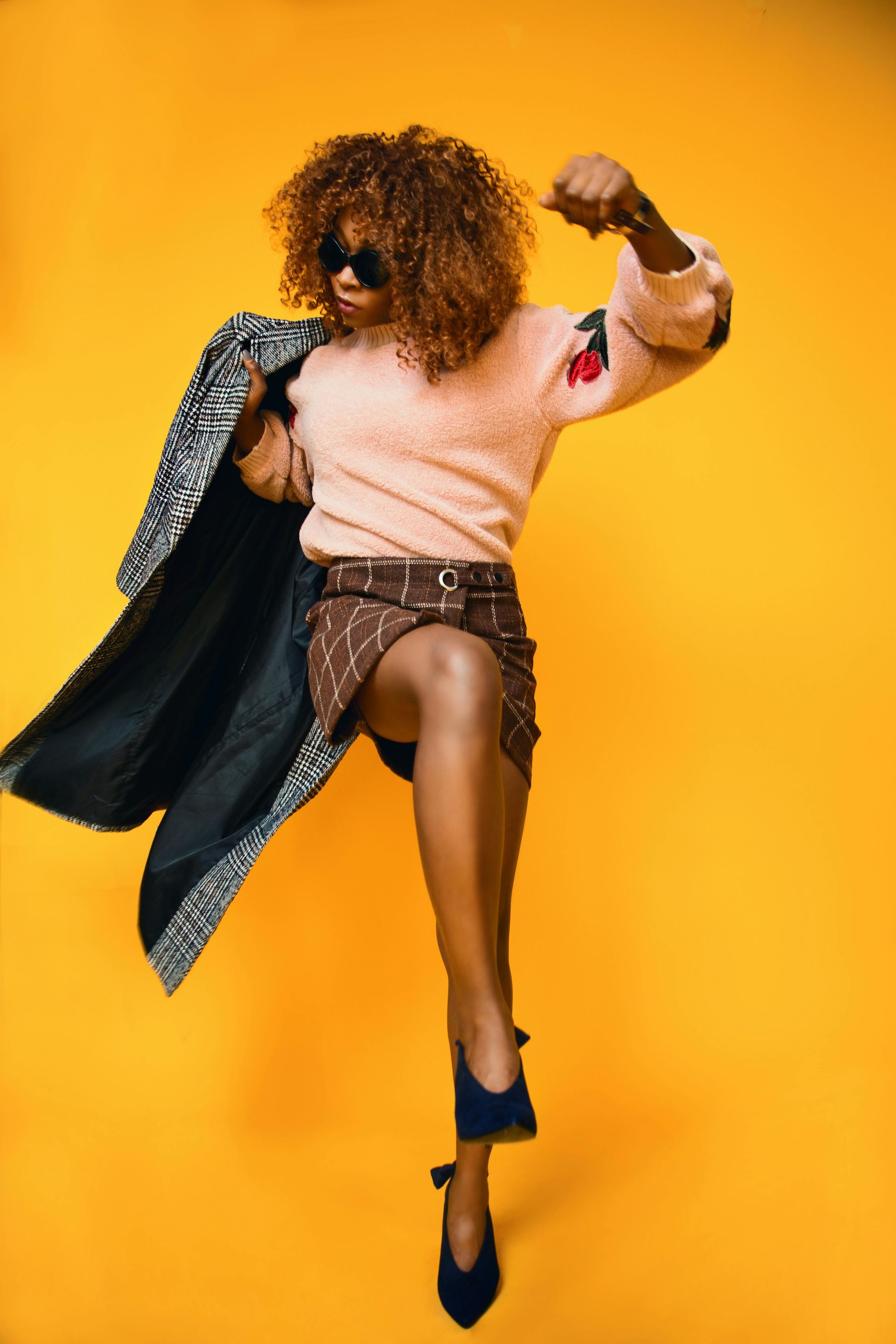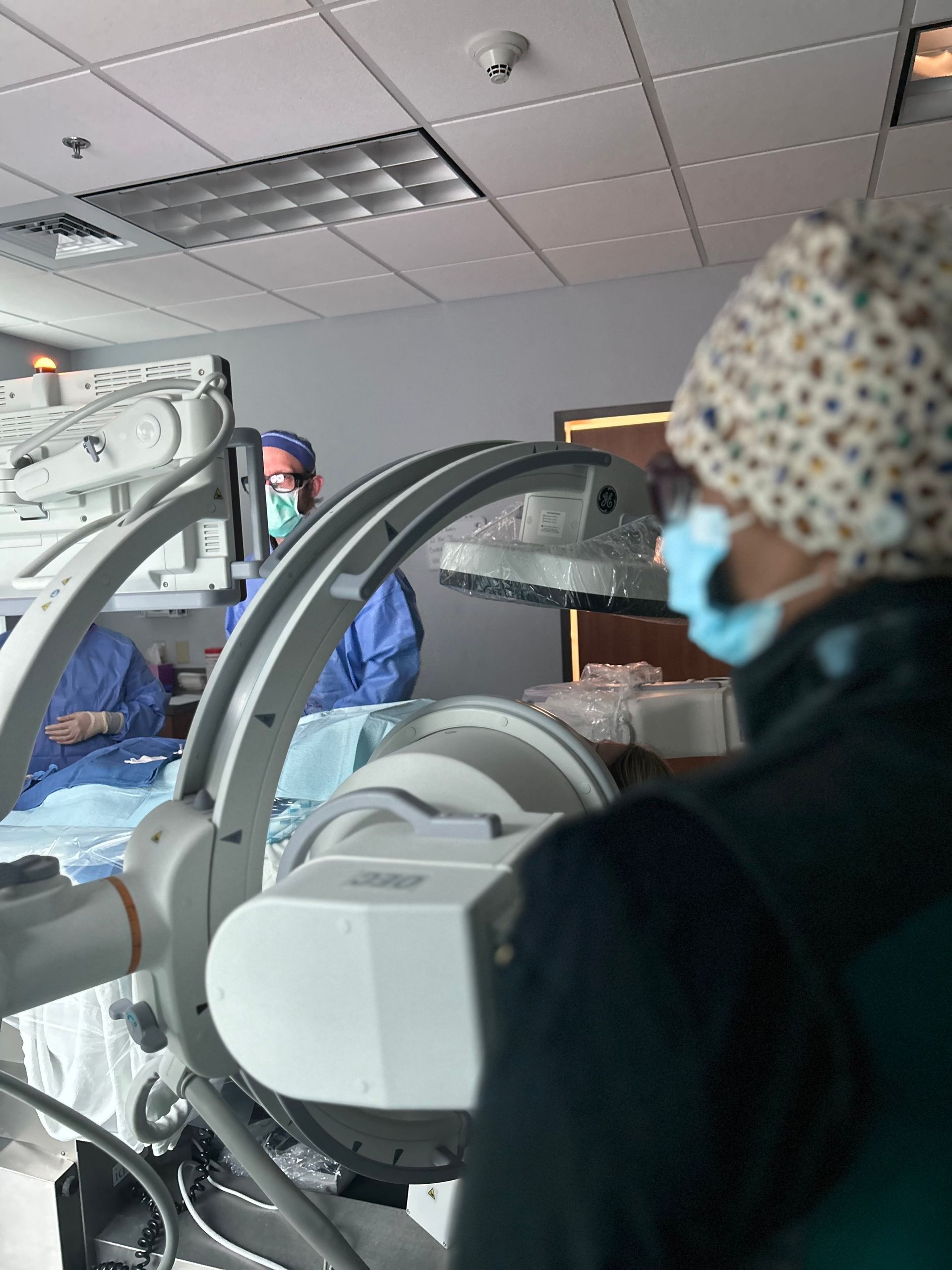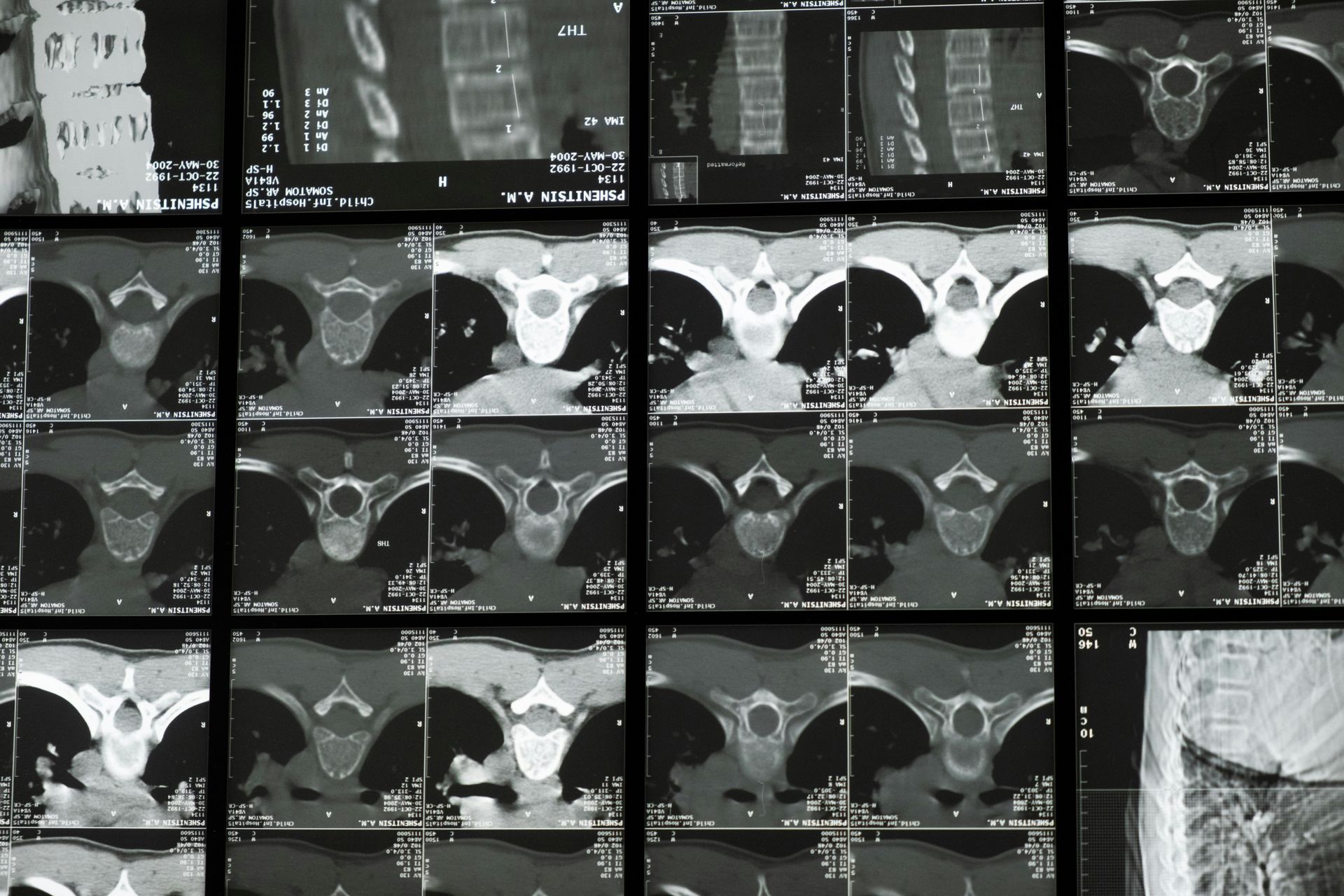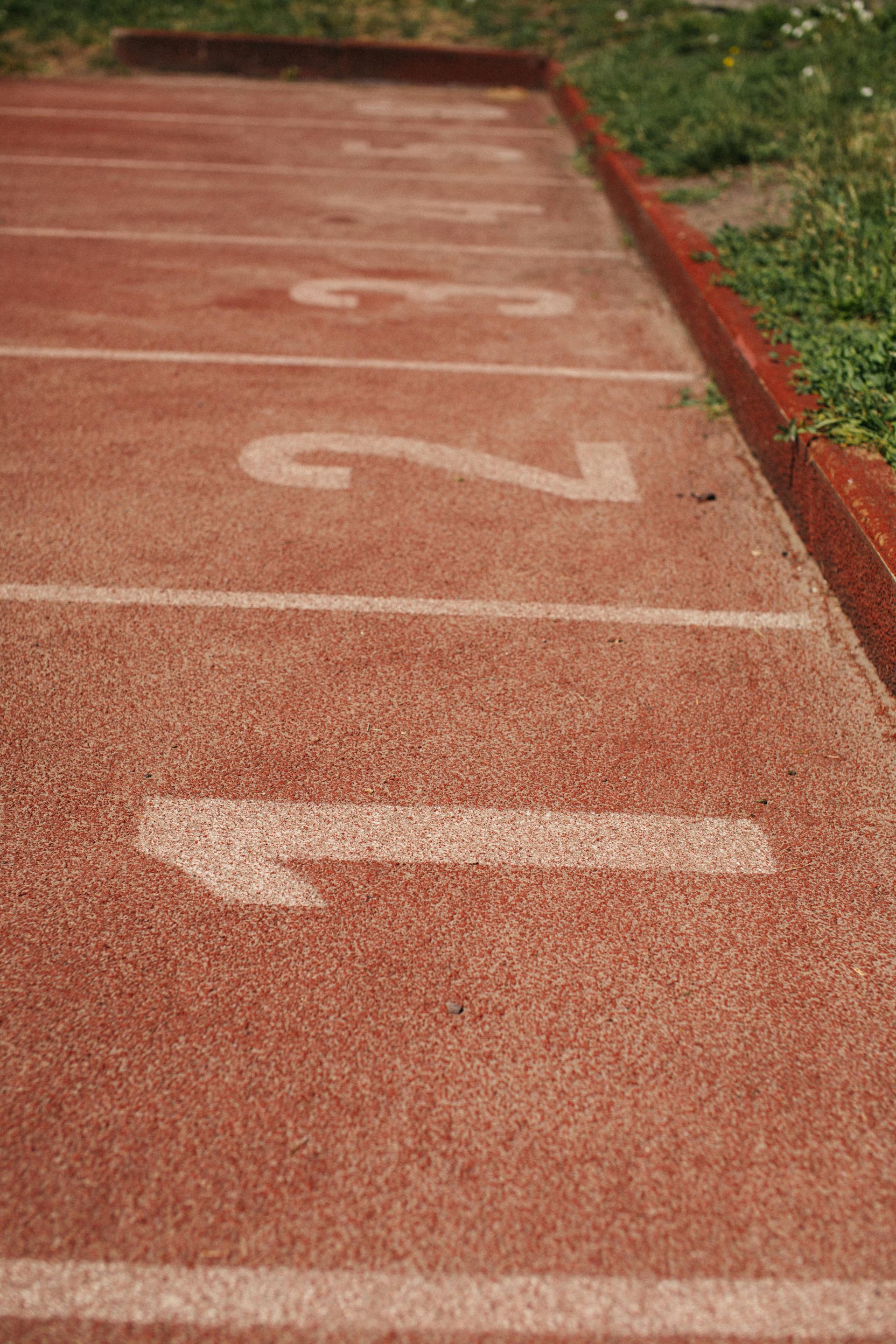Compression Stocking Therapy for Venous Insufficiency: A Simple Solution for Better Circulation
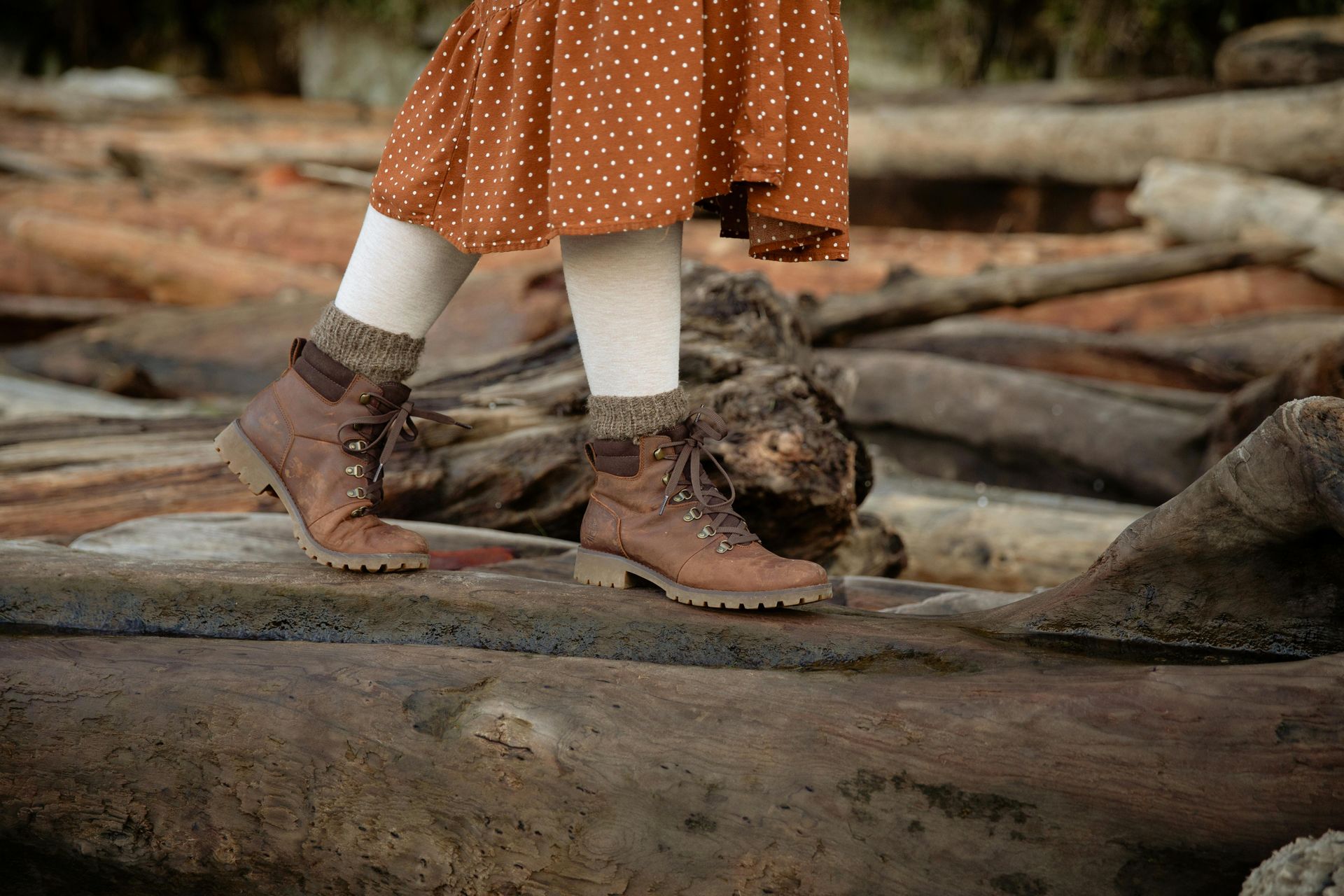
Venous insufficiency is a common yet often overlooked condition that affects millions of people, causing swelling, discomfort, and even more serious complications if left untreated. For those dealing with venous insufficiency, compression stocking therapy offers a simple, non-invasive solution that can significantly improve circulation and alleviate symptoms. At Murfreesboro Vascular and Interventional, we frequently recommend compression stockings as part of a comprehensive treatment plan for managing venous insufficiency. Here’s how they work and why they’re so effective.
What is Venous Insufficiency?
Chronic venous insufficiency (CVI) occurs when the veins in the legs fail to efficiently return blood to the heart. Normally, veins have one-way valves that prevent blood from flowing backward as it travels upward from the legs. When these valves become damaged or weakened, blood can pool in the legs, leading to symptoms like:
- Swelling (edema): Particularly in the lower legs and ankles.
- Leg pain or aching: Often worsening after standing or sitting for long periods.
- Varicose veins: Enlarged, twisted veins that are visible just under the skin.
- Skin changes: Such as discoloration, dryness, or even ulcers in severe cases.
Venous insufficiency is often caused by factors such as aging, obesity, prolonged sitting or standing, pregnancy, and a family history of vein problems. Left untreated, it can lead to more serious complications like skin ulcers or blood clots.
How Compression Stockings Help
Compression stockings are specially designed socks or stockings that apply graduated pressure to the legs, with the highest pressure at the ankle and gradually decreasing up the leg. This gentle but firm compression helps support the veins and improves blood flow, reducing the pooling of blood and relieving symptoms of venous insufficiency.
Key Benefits of Compression Stocking Therapy:
- Improves Blood Flow: By applying consistent pressure, compression stockings help the veins push blood back toward the heart, reducing the risk of blood pooling in the legs.
- Reduces Swelling: Compression helps prevent fluid buildup in the tissues, which can cause swelling in the feet, ankles, and lower legs.
- Alleviates Pain and Discomfort: Many patients find that wearing compression stockings relieves the heaviness, aching, and fatigue often associated with venous insufficiency.
- Prevents Complications: Regular use of compression stockings can reduce the risk of developing varicose veins, skin ulcers, or more serious complications like deep vein thrombosis (DVT).
How Do Compression Stockings Work?
Compression stockings are designed to deliver graduated compression, meaning they apply more pressure at the ankle and gradually less as they go up the leg. This pressure gradient encourages blood flow toward the heart, preventing blood from pooling in the lower extremities. Here’s how they help:
- Supports vein function: By compressing the leg tissues and veins, the stockings help the valves in the veins work more efficiently, preventing blood from flowing backward.
- Reduces inflammation: Improved circulation helps reduce the inflammation that causes swelling and pain in venous insufficiency.
- Prevents fluid buildup: Compression stockings prevent excess fluid from leaking into surrounding tissues, which can reduce edema.
Types of Compression Stockings
There are different types of compression stockings, and the right choice for you depends on the severity of your condition and your lifestyle needs. They come in various lengths (knee-high, thigh-high, or full-length) and compression levels, measured in millimeters of mercury (mmHg). The most common types include:
1. Graduated Compression Stockings
These stockings apply the highest pressure at the ankle and gradually decrease as they move up the leg. They are available in various compression levels:
- Mild (8-15 mmHg): Ideal for preventing mild swelling and improving circulation in individuals who stand or sit for extended periods.
- Moderate (15-20 mmHg): Often used for varicose veins, mild swelling, and preventing venous issues during pregnancy.
- Firm (20-30 mmHg): Recommended for more serious conditions like chronic venous insufficiency or moderate varicose veins.
- Extra firm (30-40 mmHg): Typically prescribed for severe venous issues, such as deep vein thrombosis or post-surgical recovery.
2. Elastic Compression Socks
Elastic compression socks are easier to put on and are typically used for milder cases of venous insufficiency or for those who want to prevent problems before they arise. They offer mild to moderate compression and are often used by people who spend long hours on their feet.
3. Custom-Fit Compression Stockings
For patients with more severe venous insufficiency or unique leg shapes, custom-fit compression stockings may be recommended. These stockings are tailored to the individual’s measurements and provide more precise compression where it’s needed most.
When to Wear Compression Stockings
Compression stockings are most effective when worn consistently, especially during periods when you’re likely to be standing or sitting for long stretches. Here are some tips for wearing them effectively:
- Wear them in the morning: Put on your stockings first thing in the morning when your legs are less swollen.
- Remove them before bed: Compression stockings are typically worn during the day and removed at night when you’re lying down.
- Consistent use: Wearing them regularly is key to seeing long-term benefits, especially for those with chronic venous insufficiency.
Are Compression Stockings Right for You?
While compression stockings are a widely recommended treatment for venous insufficiency, it’s important to consult with your healthcare provider to determine the right level of compression for your condition. At Murfreesboro Vascular and Interventional, we offer comprehensive evaluations to help you find the best treatment plan for managing your venous health, including guidance on choosing the right compression therapy.
Conclusion
Compression stocking therapy is a simple yet highly effective way to manage the symptoms of venous insufficiency. By improving circulation, reducing swelling, and alleviating discomfort, compression stockings can significantly enhance your quality of life. Whether you’re dealing with mild leg swelling or more advanced venous disease, compression therapy can be an important part of your treatment plan.
At Murfreesboro Vascular and Interventional, we are dedicated to helping our patients find the most effective and minimally invasive treatments for venous insufficiency. If you’re experiencing symptoms or have questions about compression stocking therapy, call 615-849-7490 to schedule a consultation and take the first step toward healthier, more comfortable legs!


